Gran Canaria Enhances Water Resource Management and Infrastructure
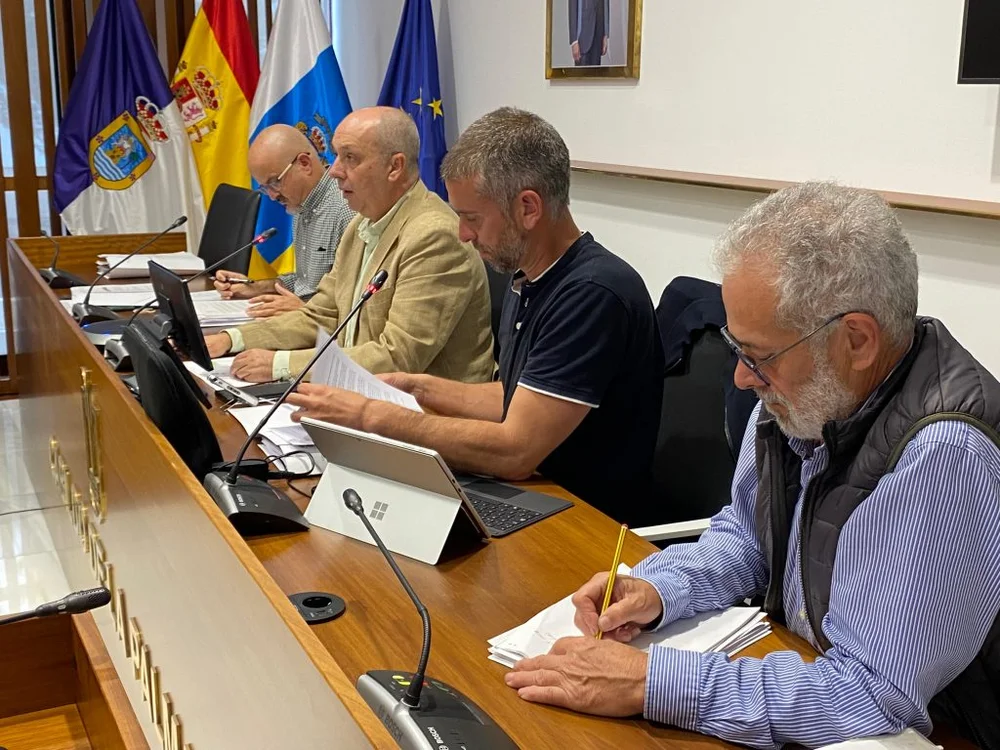
In a significant move to address the ongoing challenges of water scarcity, the Consejo Insular de Aguas de Gran Canaria (CIAGC) has intensified its efforts to protect water resources and explore new hydraulic solutions. This initiative is part of a broader strategy to ensure the island's water security, particularly in the face of climate change and increasing desertification.
New Infrastructure Projects
One of the key projects underway is the construction of the Emisario Submarino de Bocabarranco, a submarine outfall aimed at resolving the deficiencies in the sewage and wastewater treatment infrastructure in the municipalities of Gáldar and Guía. This project, with a total investment of €8.948 million, is designed to manage the discharge of treated water and brine from the desalination plants in the area. Despite some delays in the marine works, the subterranean sections of the project are progressing ahead of schedule[1].
Improvements in Water Distribution and Treatment
The CIAGC has also launched several other critical projects to enhance water distribution and treatment. For instance, the reconversion of the Martorell wastewater treatment plant in Sardina into a pumping station is underway. This €1.8 million project will redirect wastewater to the recently expanded and improved Bocabarranco treatment plant, ultimately improving the water quality and usability of the local beach[1].
Additionally, the Cabildo de Gran Canaria has completed a series of works aimed at improving irrigation networks and water supply systems across the island. These include the new irrigation network in Camaretas, the expansion of the distribution network in Desagüaderos and Lomo Las Zarzas, and improvements in various irrigation channels. These projects, totaling an investment of €616,000, are part of the island's security hydraulic plans[1].
Innovative Solutions and Partnerships
Innovative approaches are also being explored to tackle water scarcity. A notable example is the DESALIFE project by the Norwegian company Ocean Oasis, which aims to produce freshwater using wave power. This project involves floating buoys off the coast of Gran Canaria that use membrane-based desalination technology powered by wave-induced motion. This zero-emission solution is expected to increase local water production without increasing energy consumption or CO2 emissions. The first pre-commercial buoys are slated to be operational by mid-2026[4].
Commitment to Sustainability and Security
The CIAGC, under the leadership of President Antonio Morales and Consejero Miguel Hidalgo, is committed to ensuring the island's water security through sustainable and industrial production methods. The installation of electrodiálisis reversibles at the Terciario de Barranco Seco, for example, has increased the production of regenerated water by 24% and reduced electricity consumption by 20%[1].
The Cabildo's long-term plan, valued at approximately €100 million over the next decade, includes measures such as increasing desalinated and treated water production, agreements with water user communities, and the development of new infrastructure and distribution networks. This comprehensive approach is designed to mitigate the effects of climate change and ensure a stable water supply for the island's residents and agricultural sector[1].
As Gran Canaria continues to face the challenges of desertification and water scarcity, the concerted efforts of the CIAGC and the Cabildo de Gran Canaria are crucial in safeguarding the island's water resources and ensuring a sustainable future for its inhabitants.
Related Stories

Santander to Invest €77 Million in Neighborhood Renewal for 2025
Santander announces a €77 million investment for neighborhood renewal in 2025, aiming to enhance livability through infrastructure and public space improvements.
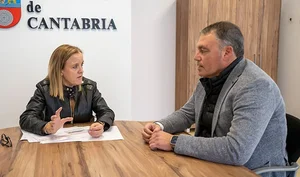
Ruesga and Ason Municipalities Collaborate on Partial Reform of Casa Consistorial
Ruesga and Ason municipalities unite to revitalize the historic Casa Consistorial, blending heritage preservation with modern needs for the community.
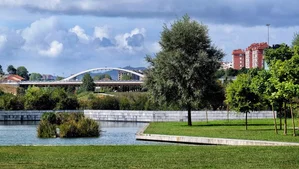
Renovation and Consolidation of Metallic Elements in Santander’s Llamas Area Underway
Santander launches a tender for the renovation of metallic structures in the Llamas area, aiming to enhance safety and aesthetics amid coastal challenges.
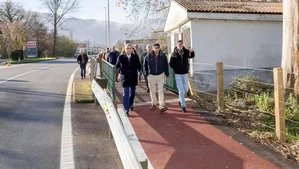
New Pedestrian Pathway Inaugurated in Badames and San Pantaleón, Trasmiera
Trasmiera celebrates the opening of a new pedestrian pathway in Badames and San Pantaleón, enhancing local life and boosting tourism.
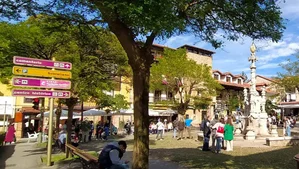
New Campaign to Enhance Pedestrian Safety in Saja and Besaya Regions Set to Launch in January
Saja and Besaya regions in Cantabria, Spain, to launch a pedestrian safety campaign in January 2025, focusing on public awareness, education, and infrastructure improvements.